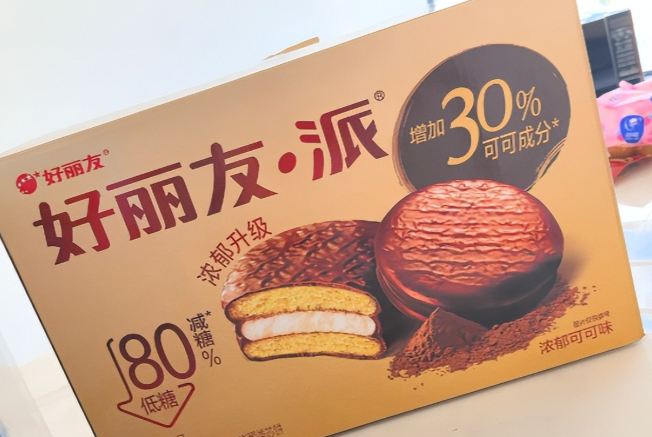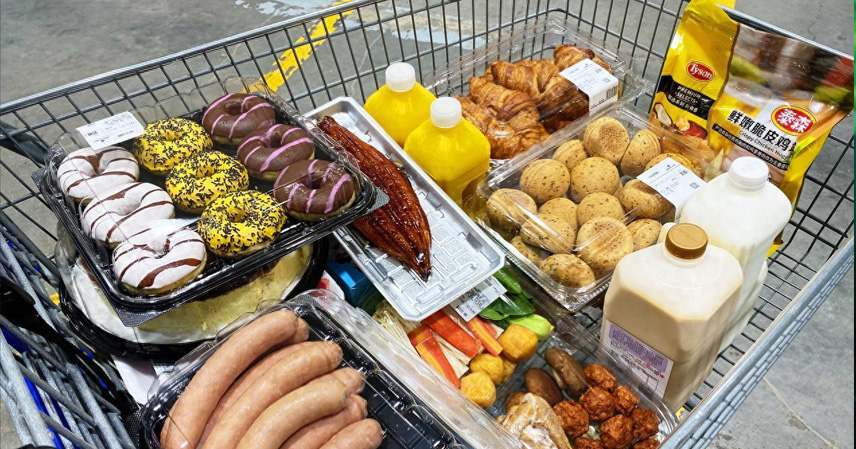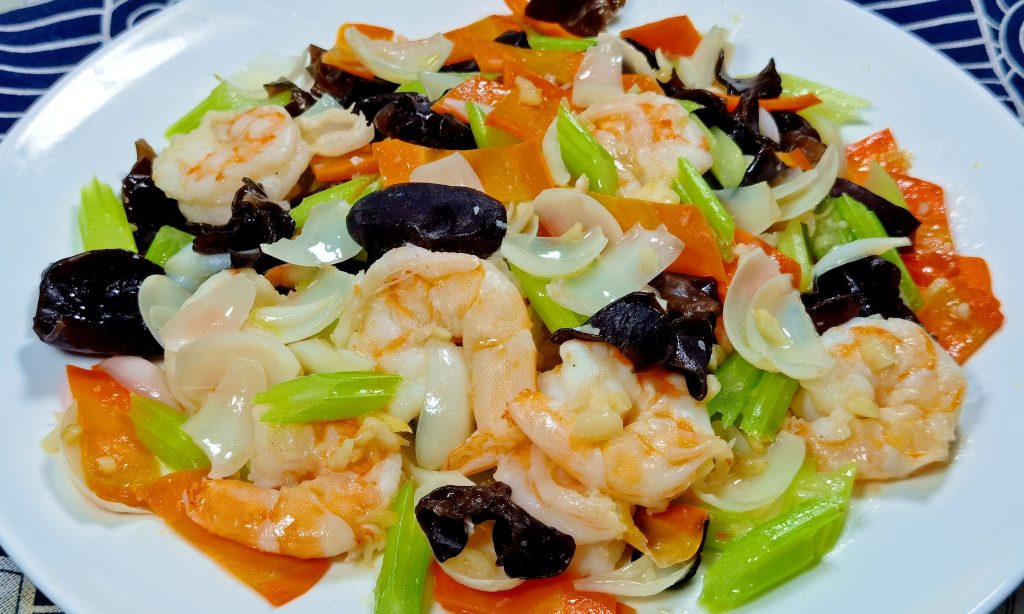Our family loves heading to Sam’s Club, especially on weekends when the kids crave the grilled sausages and bread. We’d often swing by for a haul. Back then, weekends were packed—parking lots overflowed, lines snaked for one or two hours just to get in, and hot items flew off shelves before you could blink.
But this year, I’ve noticed a drop-off. Even on weekends, parking spots are plentiful, and once-trendy products like mochi cakes and Swiss rolls barely move. This begs the question: Why has Sam’s Club, once a weekend magnet, lost its pull? Netizens gripe: “Now, Sam’s Club has no good stuff—all the hits are off the shelves, leaving only the ‘IQ tax’ (overpriced gimmicks).”
1. The Best Items Are Gone, No Reason to Shop
Sam’s Club originally drew crowds with its exclusive products and high-value imports, like solar cakes, milk pudding, low-sugar egg yolk pastries, and premium Australian beef.

Lately, though, many fan favorites have vanished, replaced by everyday supermarket staples—often at higher prices. Take the American-style roast chicken: it’s not as tasty anymore and frequently out of stock. Member’s Mark fresh milk has been swapped for lesser brands with inferior flavor. Imported steaks and seafood are scarcer, and exotic fruits have given way to domestic ones that lack sweetness—like watermelons that taste bland.
People used to go for the unique finds unavailable elsewhere. Now, with the good stuff dwindling, shoppers wander aimlessly and opt out.
2. The Novelty Has Worn Off
When Sam’s Club entered China, its membership-based warehouse model was fresh—no other supermarket offered it. The imported goods gave it an “upscale” vibe, turning shopping into a trendy outing. Young people flocked there, treating weekends at Sam’s as a lifestyle ritual—stocking up on groceries, fruits, and more.

But the excitement has faded. The store layout and displays haven’t evolved, leading to consumer fatigue. Competitors like Costco, which entered the market, siphoned off some traffic. Local rivals such as Hema X Membership Stores offer similar or cheaper options, eroding Sam’s edge.
3. Frequent Mishaps Dim the ‘Influencer’ Glow
Sam’s Club was once the “it” supermarket, buzzing on social media and luring young crowds. Now, its shine has tarnished amid repeated scandals.
Complaints include food safety issues: moldy blueberries, spoiled cherries, and rancid meat. Some “imported” items turn out to be domestically produced knockoffs, falling short of promises. At 260 yuan for membership, it’s not worth it if visits are infrequent—netizens quip: “Sam’s used to be a middle-class staple; now it’s just rebranded junk, better bought online.”

4. Declining Product Quality
Recent additions like Good’s, Weilong spicy strips, and P&P bread have sparked backlash, with shoppers accusing Sam’s of prioritizing profits over quality.
Sam’s core appeal was exclusive selections + bulk discounts, but now similar items aren’t cheaper—in fact, nuts and snacks often cost more than on e-commerce sites. Supermarket chains like Walmart, Hema, and Yonghui stock comparable products without requiring bulk buys, diminishing Sam’s irreplaceability.
What do you think? Share your thoughts below!



